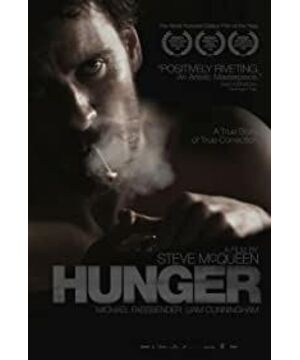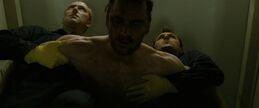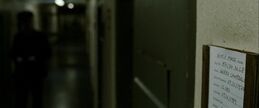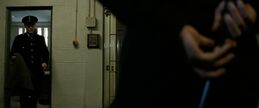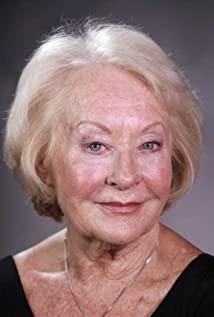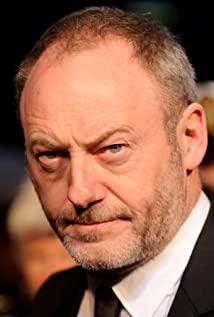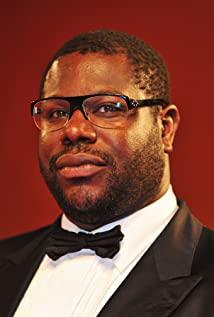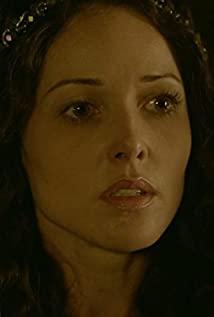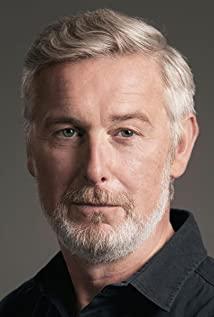Before seeing HUNGER, I went to eat sushi, because it was my birthday, I had a big meal and almost didn't hold me to death. Then I walked into the cinema and watched this 1 hour and 40 minute movie. It is a bit strange for a person who is full to watch a movie called Hunger.
The film story is very simple, even as simple as a documentary. But since it won the "Golden Camera" award at the Cannes Film Festival, it is natural to pay attention to the film's images.
After seeing HUNGER, I think its biggest feature is the sense of substitution of images. This name was compiled by me, and there should be a technical term, which is probably to use photography techniques to maximize the picture infecting the audience, allowing the audience to experience the emotions of the characters in front of the camera, and even "smelt" the smell of a certain scene. There are several places that are deeply impressed.
1. Since all the prisoners pour urine in the corridor, there is a long shot of the cleaning staff mopping the floor. The cleaning staff first came from a distance in the center of the screen, poured detergent on the floor as they walked, and turned around and walked back when they came to the camera. When they reached the end of the corridor, they picked up the mop and dragged slowly as they walked until they reached the camera. Before, and then this long shot is over. This paragraph is very unbearable. The camera is motionless and calmly watching. The feeling of torture makes me almost smell the disgusting odor.
2. The crying riot police. His first close-up shot was in the car about to arrive at the prison. The dissociation of his eyes and the panic of his limbs revealed his nervousness and anxiety. But as the riot police rapped the protective board with their batons, he began to vent his roar. Then the prisoner came out, was beaten and humiliated. The picture shakes badly. At this time, a quick camera swept across the face of the riot police officer before, deliberately close-up in less than a second, because at this time his expression was completely opposite to the panic before, as if he had lost his soul.
Then it was the scene of him crying. This lens is very impactful, but I think it's a bit too deliberate. The picture is divided into two halves by a wall. On the right is the riot policeman secretly crying, and on the left is a group of riot police beating another prisoner.
3. Then a new prisoner has to undress in front of several prison guards. The film shows the scene from the front and back of the prisoner. However, the two angles have a common feature: the screen is divided into two parts, the left is the prison guard, expressionless and almost no body movements, staring at the prisoner blankly; the right is the prisoner alone, its A sense of embarrassment and humiliation hit the audience in silence.
4. There are actually very few lines in the movie. The most part is when the actor BOBBY meets with a priest. It is also a very interesting long shot. BOBBY and the priest were sitting face to face, and the screen was divided into two parts. What's interesting is that these two parts are surprisingly similar except for the two characters. Whether it's the tables and chairs behind them or the ashtrays on those tables, it's like a mirror in the middle of the picture. The right is just the reflection on the left. So this scene is a scene of digging into BOBBY's inner world. The will and spirit behind his thoughts and plans are shown in the dialogue between him and the pastor or "self in the mirror".
In fact, there are many beautiful shots. That piece of fluff slowly spinning and falling in the ward, and the scene of BOBBY leaning against the bus window when he was a child, running in the forest. In fact, when watching movies, I always think of "120 Days of Sodom", because the first half of HUNGER's performance is also very direct, feces, urine, maggots, violent scenes, bloody...but because the images are too ornamental , So you hardly feel sick. I was talking about "almost", and a few shots still make me a little nauseous. It may be the reason why I ate too much before.
I still want to see a detailed interpretation by someone who is professional in photography or directing.
View more about Hunger reviews


